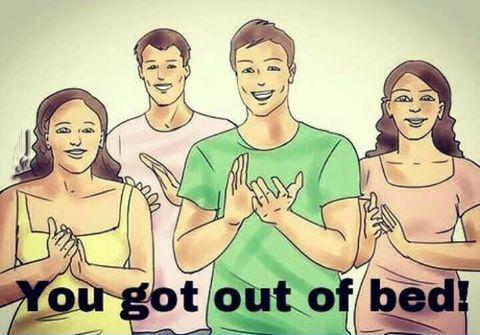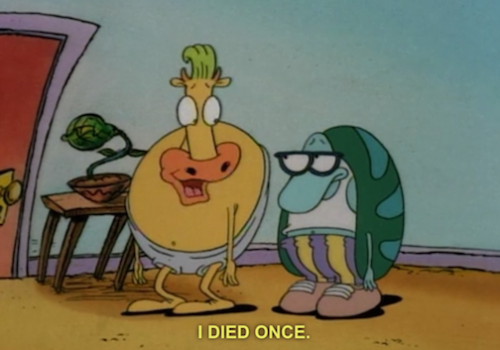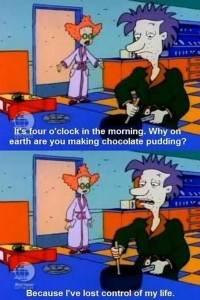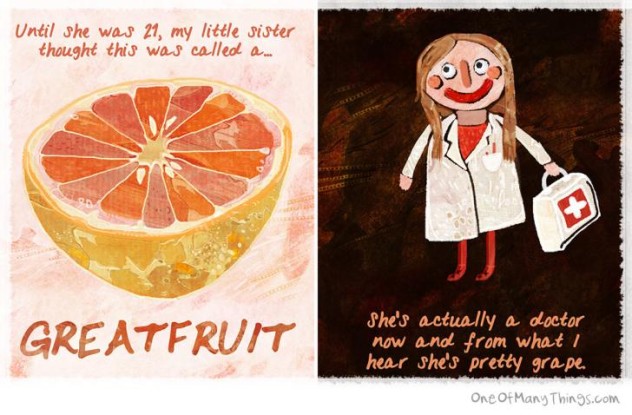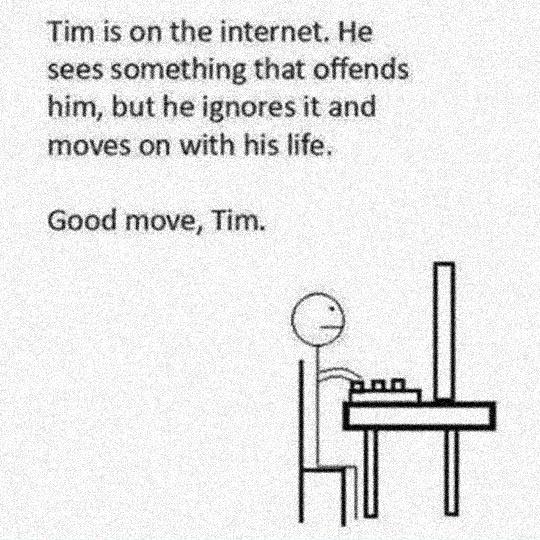
Running Away from Routine
It’s been nearly a week back at school. Re-adjusting to a busy daily routine has been tiring, but certainly not unmanageable. Really, everything has been same old, same old. Right now, I’m just wondering whether that’s a good or a bad thing.
I recently said goodbye to a friend who was leaving for a month to take a course in Patagonia. I commented that I was glad he’d be back before Spring Break, since I wanted to see him again before I leave for Chile in March. “You’re leaving again?” he asked, incredulous. “Do you hate it here?”


